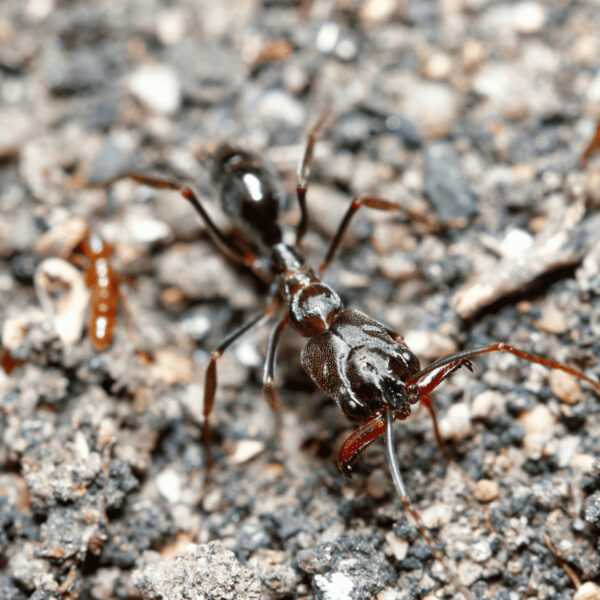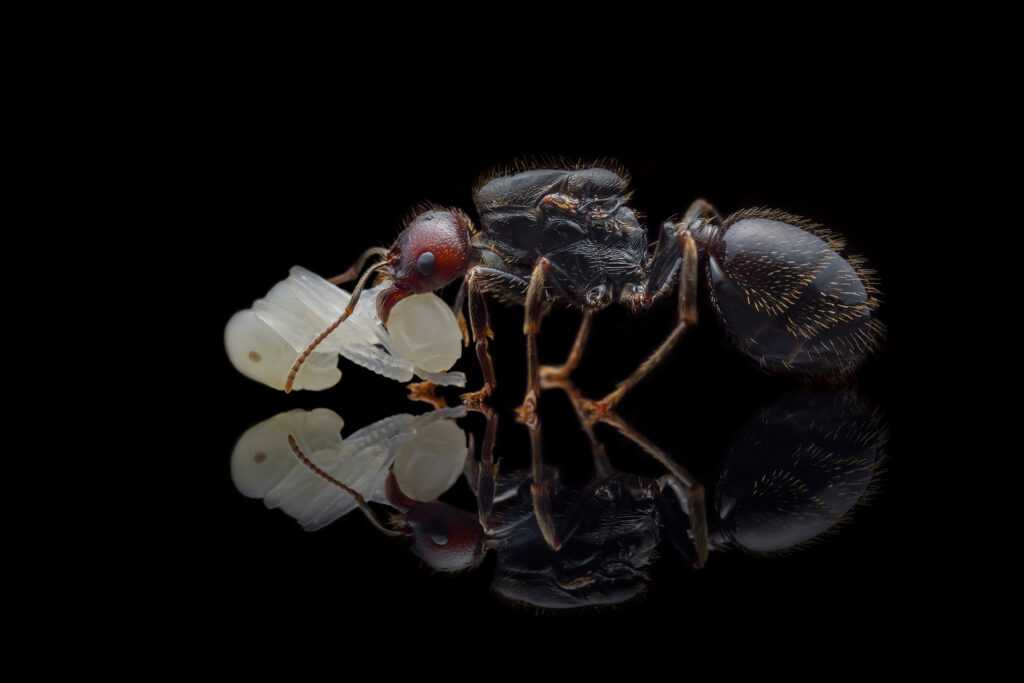Odontomachus hastatus: The Fascinating Trap-Jaw Ant
Discover the captivating world of Odontomachus hastatus, commonly known as the trap-jaw ant. This species of ant is renowned for its exceptional abilities and intriguing behavior. In this article, we will delve into the various characteristics and features of Odontomachus hastatus, including its colony type, size, development rate, nutrition, and preferred habitats. Let’s explore the wonders of these remarkable creatures!
Colony Type and Size
Odontomachus hastatus colonies boast a remarkable social structure called polygyny, which entails multiple queens coexisting within a single colony. This polygynous system enhances reproductive potential and promotes effective coordination within the colony. The colony size of Odontomachus hastatus can reach up to an impressive 700 worker ants. These industrious ants collaborate to ensure the survival and prosperity of the colony.
Physical Characteristics
The queen of Odontomachus hastatus measures between 15-18mm, making her notably larger than the worker ants. Workers range in size from 12-14mm. The ants display a stunning array of colors, ranging from yellowish brown to dark brown. This coloration serves as camouflage in their various natural habitats.
Nutrition
Odontomachus hastatus is a carnivorous species that primarily preys on insects such as cockroaches and crickets. They also have a preference for sweet fruits, which add to their nutritional intake. This varied diet ensures that the ants acquire the necessary nutrients for their growth and development.
Habitat and Environmental Requirements
For optimal health and well-being, Odontomachus hastatus thrives in specific humidity and temperature conditions. The foraging area, or arena, should maintain a humidity level of 60-70%, while the nest requires a slightly higher humidity level between 60-80%. The arena temperature should be maintained within the range of 21-30 °C, while the nest temperature should be kept between 24-28 °C. Providing these appropriate environmental conditions ensures the ants’ overall comfort and enables their natural behaviors to flourish.
Unique Features and Abilities
One of the most remarkable features of Odontomachus hastatus is its powerful mandibles, capable of opening at an astonishing 180 degrees. These lightning-fast jaws allow the ants to capture their prey with incredible precision and prevent any chance of escape. Odontomachus hastatus possesses the fastest reflexes found in nature, with its mandibles accelerating from 0 km/h to a mind-boggling 230 km/h in just 0.13 milliseconds. This incredible predatory adaptation enables swift prey capture and ensures the survival of the colony.
Recommended Habitats for Breeding
When creating a conducive nest for breeding Odontomachus hastatus, materials such as acrylic, cork, plaster, and aerated concrete are recommended. These materials replicate the ants’ natural habitat, allowing the colony to thrive and exhibit their instinctive behaviors.
Overall, Odontomachus hastatus, the trap-jaw ant, stands as a marvel of nature, with its polygynous colony structure, astonishing reflexes, and unique predatory abilities. By appreciating their needs and creating the perfect environment, we can observe and marvel at the wonders of these incredible creatures.



















Reviews
There are no reviews yet.